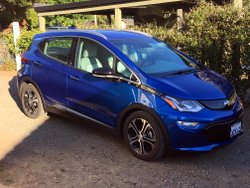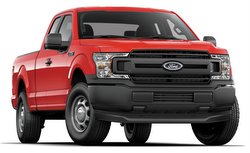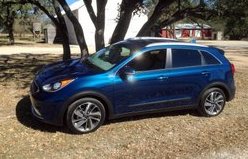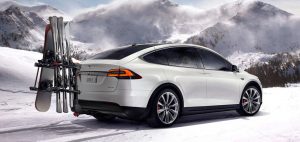Battery Electrics & Plug-in Hybrids Lack Most Popular Models
Here are three lists (from Automotive News and Hybridcars.com) to ponder from the first six months of 2017:
Top 5 Best-Selling Vehicles in the U.S.
- Ford F-Series full-size pickup
- Chevrolet Silverado full-size pickup
- Ram full-size pickup
- Nissan Rogue compact crossover
- Honda CR-V compact crossover

Top 5 Best-Selling Full Electric Vehicles
- Tesla Model S luxury full-size sedan
- Tesla Model X luxury midsize SUV
- Chevrolet Bolt compact hatchback
- Nissan Leaf compact hatchback
- BMW i3 luxury subcompact hatchback
Top 5 Best-Selling Plug-in Hybrids
- Chevrolet Volt compact hatchback
- Toyota Prius Prime compact hatchback
- Ford Fusion Energi midsize sedan
- Ford C-Max Energi compact wagon
- BMW X5 xDrive40e luxury midsize SUV
Different Volumes; Different Models
Of course, I didn’t include the volume numbers here, but here are the top sellers in each of the three charts to give you some perspective:
Overall best-seller – 429,860

Overall best-seller EV – 11,100
Overall best-seller PHEV – 10,932
Not exactly in the same league.
But there is another significant point to be gathered from these charts. There is zero overlap in the top-selling models. Most important, none of the five best-selling conventional models (though some diesel pickups and a few non-plug-in hybrid Rogues may be in the mix) has a counterpart in either list of the best-selling plug-in vehicles. If the most popular type of cars aren’t available in plug-in versions, that becomes a major factor organically reducing their market appeal.
The Loyalty Factor

Another factor that the lack of affordable popular models brings to the plug-in market is a lack of buyer loyalty. A study from the research firm IHS released this month (July 2017) outlined the problem. The most loyal car buyers (those who returned to buy a similar model) were SUV, crossover and pickup owners. Further down the list (and dropping from previous studies) were sedan buyers. Even further down, hatchback owners (which is what seven of the top 10 plug-in top selling models were).
The IHS study found that sedan buyers were defecting to SUVs and crossovers. They numbered 300,000 in the first four months of 2017. For comparison, all plug-in sales for the first six months of 2017 totaled less than 90,000 cars.
Or Is It Just the Price
Finally, an ongoing complaint about plug-in cars is their high prices. With government and automaker incentives and generous lease programs, we know the total cost of ownership for electric cars is not that far off comparable gas models. In spite of that, the sales charts indicate plug-ins are appealing to the high end of the market with four luxury models in the two lists. Probably the most popular configuration in the plug-in charts is the Tesla Model X, a midsize SUV, but it starts at $85,500. In contrast, the top 10 sellers in the overall market all have models available that start well under the list price of the cheapest plug-in, including some under $20,000.

If there’s a silver lining in these charts it’s in the big picture trend line. Total sales in the U.S. have been down for six straight months. Analysts say last year (2016) may end up being the peak sales year ever. Meanwhile, plug-in hybrid sales for the first half of 2017 are up 44 percent from the previous year and battery electrics are up 29 percent, albeit working from a smaller base. And prices for plug-in vehicles appear to be coming down as battery development accelerates.
More popular models are in or coming to the market soon, including the Pacifica plug-in hybrid minivan, the Kia Niro crossover (in both plug-in hybrid and full electric versions) and possibly a plug-in version of the best-seller of all—the Ford F-150 pickup.
Related Stories You Might Enjoy:
First Drive: 2017 Chrysler Pacifica Hybrid
Road Test: 2017 Kia Niro Hybrid
Interview: Ford’s Electrified Future
First Drive: 2017 Tesla Model X

1 thought on “Analysis: Lack of Model Choices Hampers Plug-in Sales”